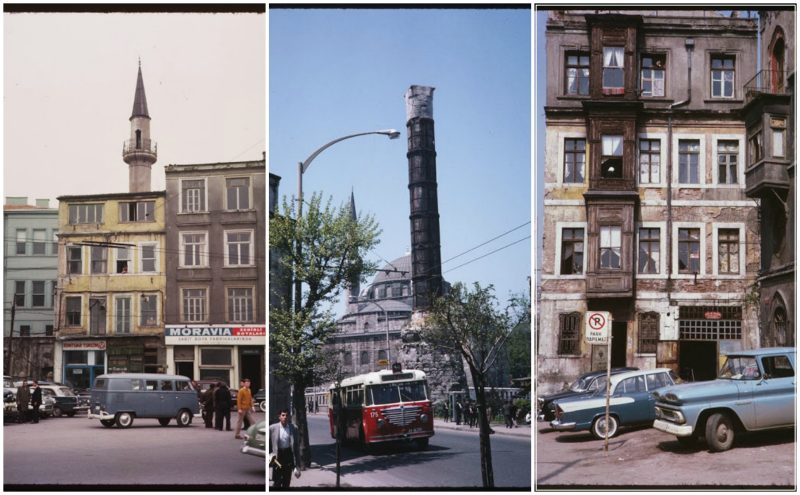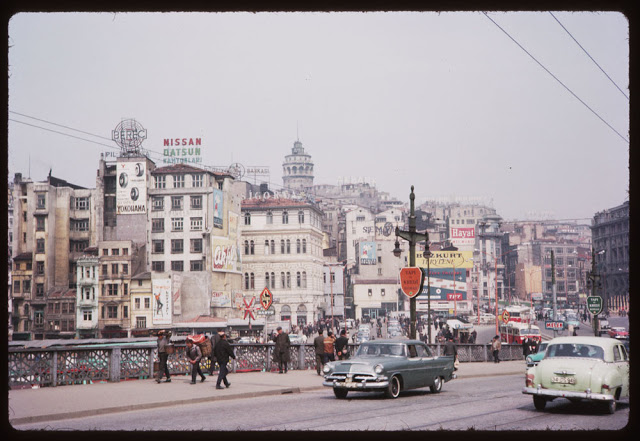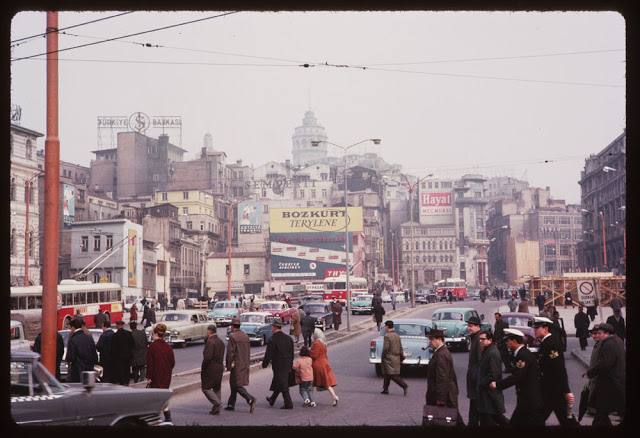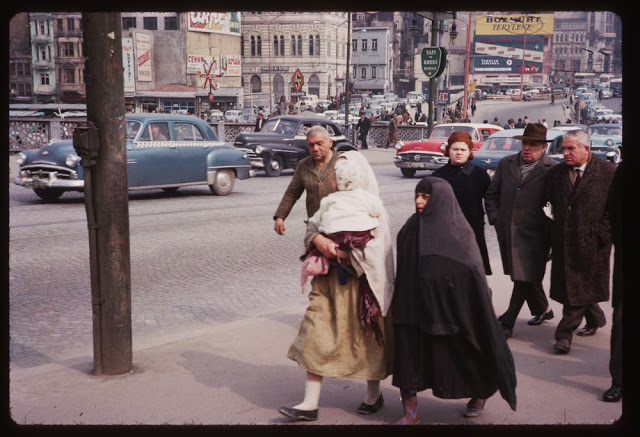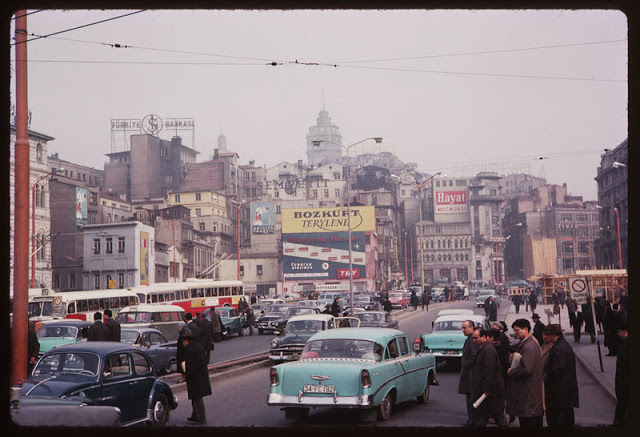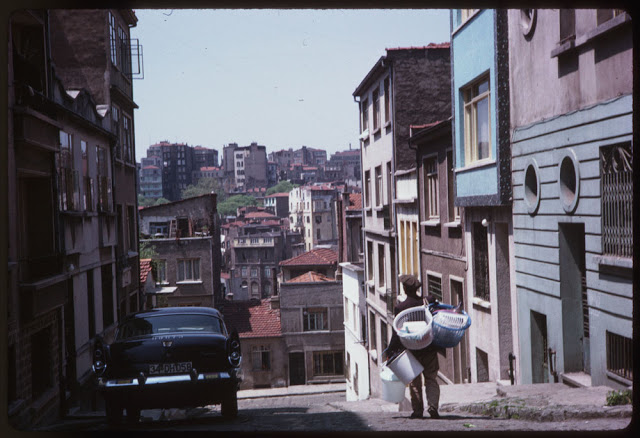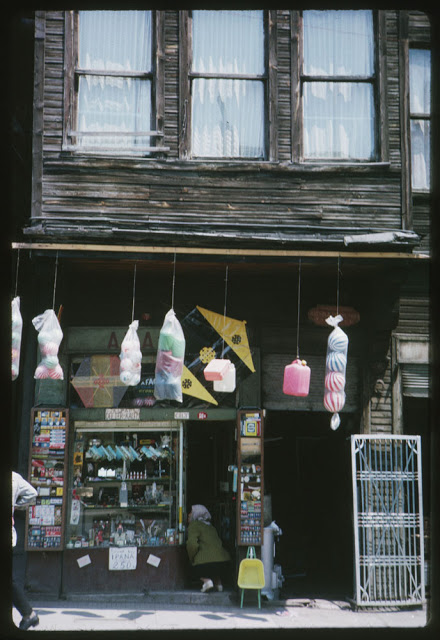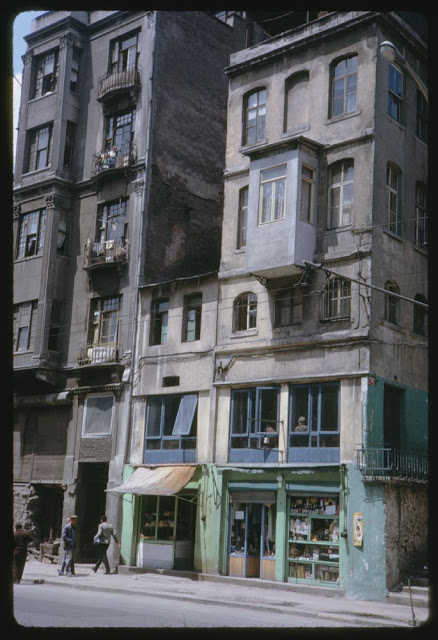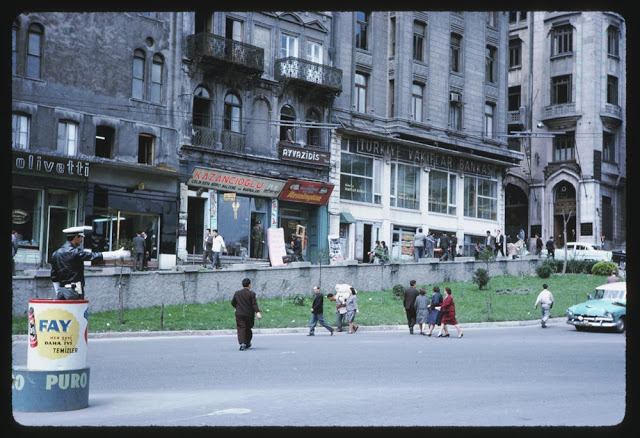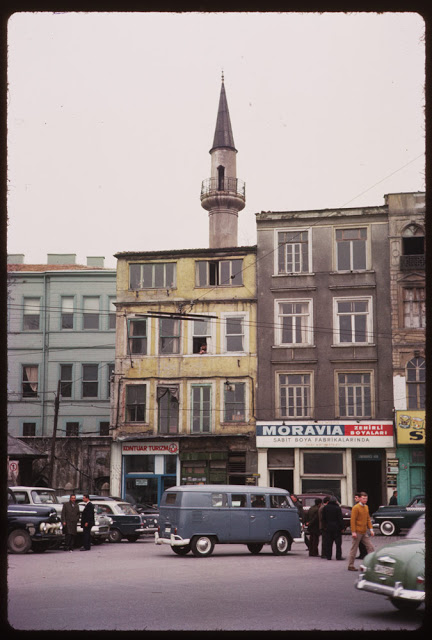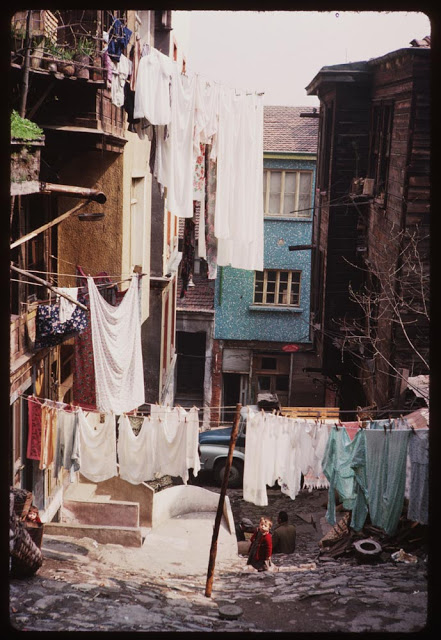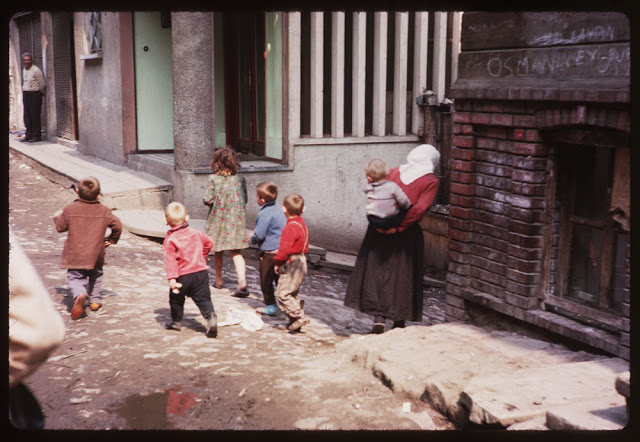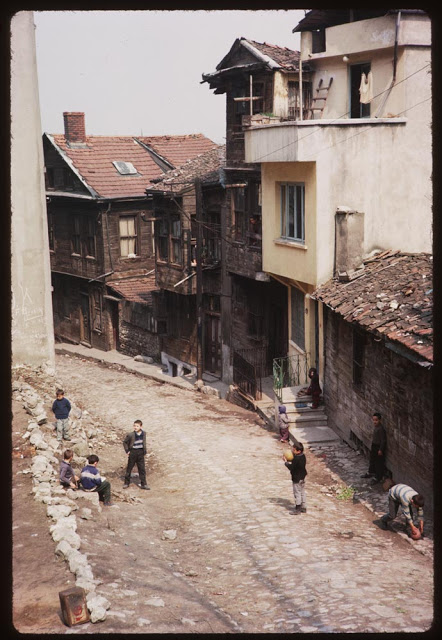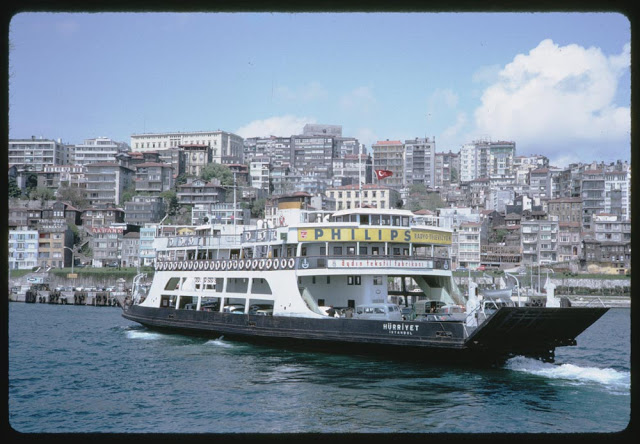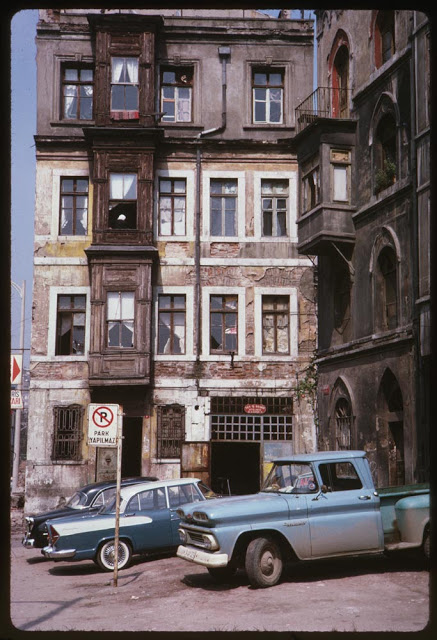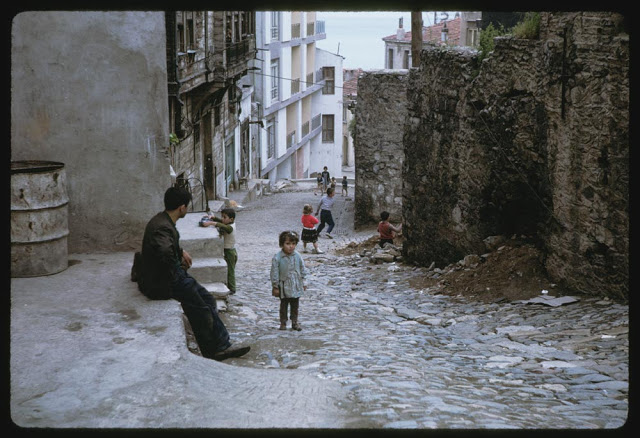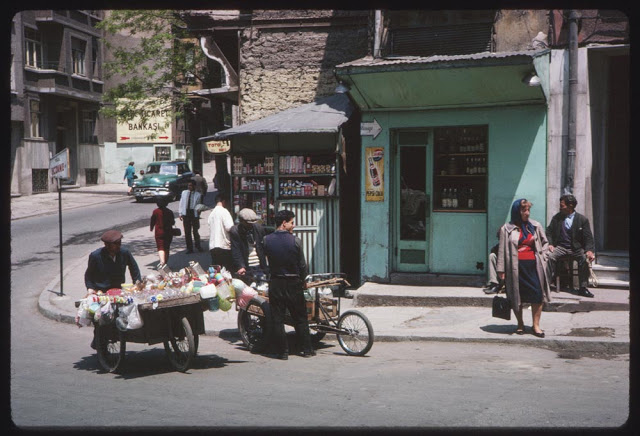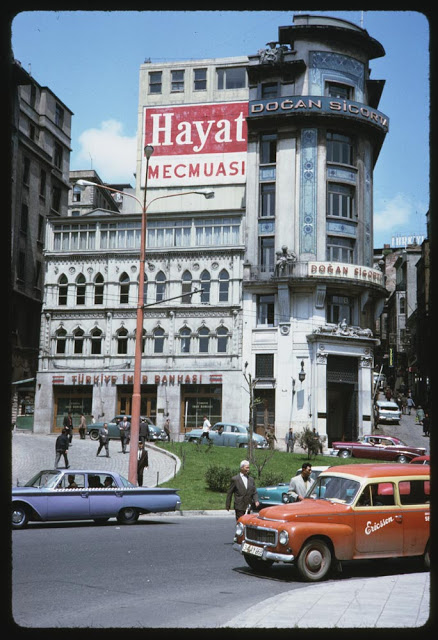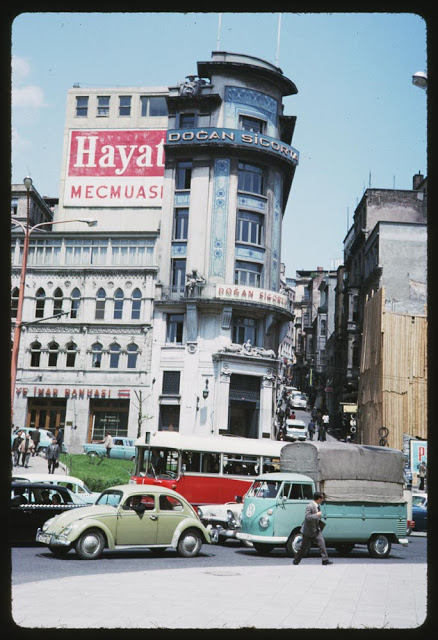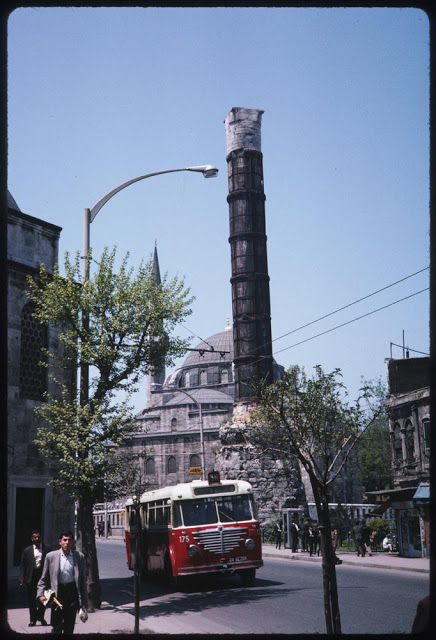The history of Istanbul explains the historical development of the modern city of Istanbul.The settlement was founded by Thracian tribes between the 13th and 11th centuries BC, whose earliest known name is Lygos. It was colonised by the Greeks in the 7th century BC. It fell to the Roman Republic in AD 196, and was known as Byzantium until 330, when it was renamed Constantinople and made the new capital of the Roman Empire. During late antiquity, the city rose to be the largest of the western hemisphere, with a population peaking at close to half a million people. Constantinople was the capital of the Eastern Roman Empire, known as the Byzantine Empire. That ended with the Muslim conquest in 1453. Constantinople then became the capital of the Ottoman Empire.
Population had declined during the medieval period, but as the Ottoman Empire approached its historical peak, the city grew to a population of close to 700,000 in the 16th century, at the time second in size only to Beijing, and outgrown by London only in the course of the 18th century. When the Republic of Turkey was founded in 1923, the capital was moved from Constantinople to Ankara. Since 1930, the native name “Istanbul” has been the sole official name of the city in Turkish and has since replaced the traditional name “Constantinople” in most western languages as well.
Take a look in this beautiful collection of color photos of Istanbul in 1965:
As the years passed the population increased, from about 80,000 at the death of Mehmet, to 300,000 by the 18th century, and 400,000 in 1800. The capital of an empire that stretched across Europe, Asia and Africa, it also became an important diplomatic centre, with several foreign embassies. It was only after 1922, following the war between Greece and Turkey that things really began to change. With the establishment of the new Turkish Republic, built on a wave of nationalism, there was a mass exodus of much of the Greek and Armenian population from Istanbul, which had ceased to be the capital. After riots in 1955 the remaining fraction also departed.
The city was modernized from the 1870s onwards with the building of bridges, the creation of a proper water system, the use of electric lights, and the introduction of trams and telephones.
When the Republic of Turkey was founded under Mustafa Kemal Atatürk on 29 October 1923, the capital was moved from Istanbul to Ankara. As a consequence, population collapsed, from an estimated 1,125,000 in 1914 to about 500,000 in 1924; but population steadily grew during the later 20th century, the metropolitan population surpassing 10 million in the year 2000.
The city’s name İstanbul is a shortened version with a Turkish character of the Medieval Greek phrase “εἰς τὴν Πόλιν” [is tim ˈbolin], meaning “to the city”, which had long been in vernacular use by the local population. The international name Constantinople also remained in use until Turkey adapted the Latin alphabet in 1928 and urged other countries to use the city’s Turkish name in their languages and their postal service networks.
In the early years of the republic, Istanbul was overlooked in favour of Ankara, the new capital. However, starting from the late 1940s and early 1950s, Istanbul underwent great structural change, as new public squares (such as Taksim Square), boulevards and avenues were constructed throughout the city; sometimes at the expense of the demolition of many historical buildings.
In September 1955 many ethnic Greek businesses were destroyed during the Istanbul pogrom. This accelerated the departure of Greeks from the city and from Turkey. Jews, Armenians, and Georgians were also targeted.
Starting from the 1970s, the population of Istanbul began to rapidly increase, as people from Anatolia migrated to the city in order to find employment in the many new factories that were constructed at the outskirts of the sprawling metropolis. This sudden sharp rise in the city’s population caused a large demand for housing development, and many previously outlying villages and forests became engulfed into the greater metropolitan area of Istanbul.
All photos by Charles w cushman
Photos belong to Indiana University Archives
